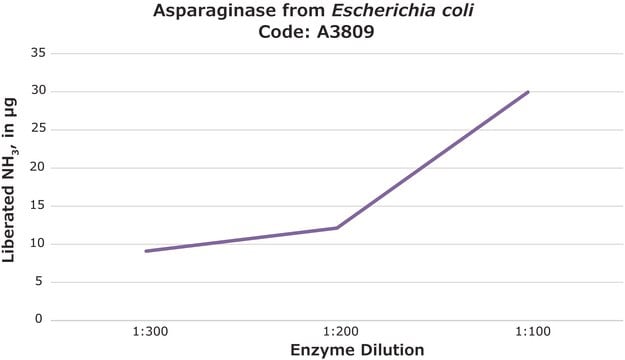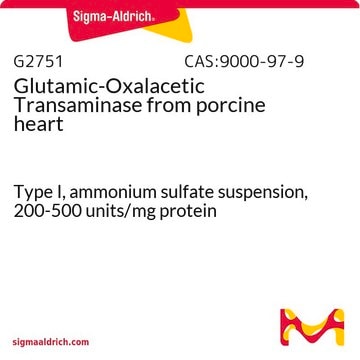A7002
Agar
ash 2.0-4.5%
Synonym(s):
Agar-agar, Gum agar
Sign Into View Organizational & Contract Pricing
All Photos(5)
About This Item
Linear Formula:
(C12H18O9)n
CAS Number:
EC Number:
MDL number:
UNSPSC Code:
50405901
eCl@ss:
42040102
NACRES:
NB.22
Recommended Products
biological source
algae (Rhodophyceae)
Quality Level
form
flakes
powder or crystals
technique(s)
tissue culture: suitable
ash
2.0-4.5%
gel strength
600-1200 g/cm2 (1.5%, 20 oC)
InChI
1S/C14H24O9/c1-5-8(16)13-11(7(21-5)4-20-13)23-14-10(18)12(19-2)9(17)6(3-15)22-14/h5-18H,3-4H2,1-2H3/t5?,6-,7?,8-,9+,10-,11?,12+,13+,14?/m1/s1
InChI key
GYYDPBCUIJTIBM-DYOGSRDZSA-N
Looking for similar products? Visit Product Comparison Guide
General description
Agar is a polysaccharide consisting of β- D-galactopyranosyl and 3,6-anhydro-α-L- galactopyranosyl units. Depending on the source agar exists as various substituted forms such as methyl and sulphate ether. It is a linear galactan polysaccharide isolated from the cell wall of Rhodophyceae class of seaweeds.
Application
Agar has been used:
- as a component of solid N6 complete medium
- in modified Murashige and Skoog (MS) medium for culturing germinating lentil and faba bean seeds and in the regeneration of transgenic cauliflower and broccoli explants
- as a component of agar mixture to simulate a vascular phantom in carotid vessel
Biochem/physiol Actions
Agar exists in left-handed helical conformation and aggregation of hexagonal fibers leads to gel formation. The hydrophobicity of the disaccharides determines its gelling property and solubility. Agar is a major component of the microbial solid medium. It has applications in tissue engineering, pharmaceutics and in cell encapsulation.
Storage Class Code
11 - Combustible Solids
WGK
WGK 1
Personal Protective Equipment
dust mask type N95 (US), Eyeshields, Gloves
Choose from one of the most recent versions:
Already Own This Product?
Find documentation for the products that you have recently purchased in the Document Library.
Chemical structure and physico-chemical properties of agar
International Workshop on Gelidium, 21(11), 137-148 (1991)
A Method for Radioactive labelling of Hebeloma cylindrosporum to study plant-fungus interactions
Becquer A, et al.
Bio-protocol, 7(20), 550-554 (2017)
Recovery of phenotypically normal transgenic plants of Brassica oleracea upon Agrobacterium rhizogenes-mediated co-transformation and selection of transformed hairy roots by GUS assay
Puddephat IJ, et al.
Molecular breeding : new strategies in plant improvement, 7(3), 229-242 (2001)
Plant growth regulators improve in vitro flowering and rapid generation advancement in lentil and faba bean
Mobini SH, et al.
In Vitro Cellular & Developmental Biology, 51(1), 71-79 (2015)
Physical and chemical characterization of agar polysaccharides extracted from the Thai and Japanese species of Gracilaria
Praiboon J, et al.
ScienceAsia, 32(1), 11-17 null
Our team of scientists has experience in all areas of research including Life Science, Material Science, Chemical Synthesis, Chromatography, Analytical and many others.
Contact Technical Service



